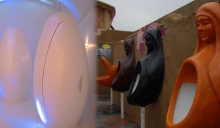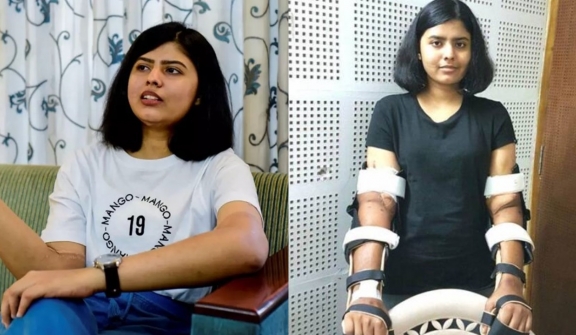
In a remarkable story, an Indian woman has become the first woman in the world to receive a hand transplant from a man, and she recently revealed the shocking changes she has experienced since the surgery.
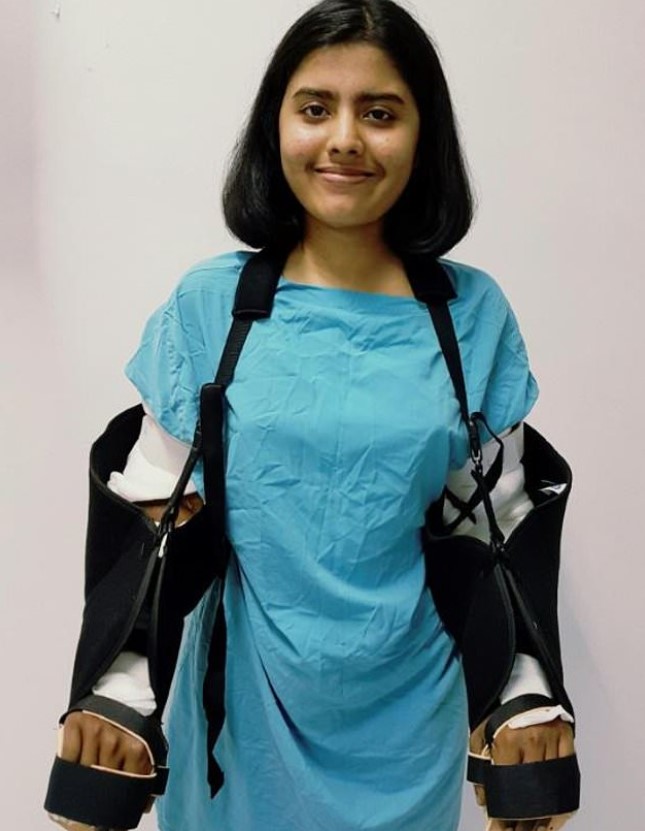
Eight years ago, Shreya Siddanagowder, then 18 years old, tragically lost both her arms below the elbow in a horrific bus accident.
After trying prosthetic hands without success, she made the bold decision to undergo a bilateral hand transplant in 2017. The surgery, lasting 13 hours, involved a team of 16 anesthesiologists and 20 surgeons.
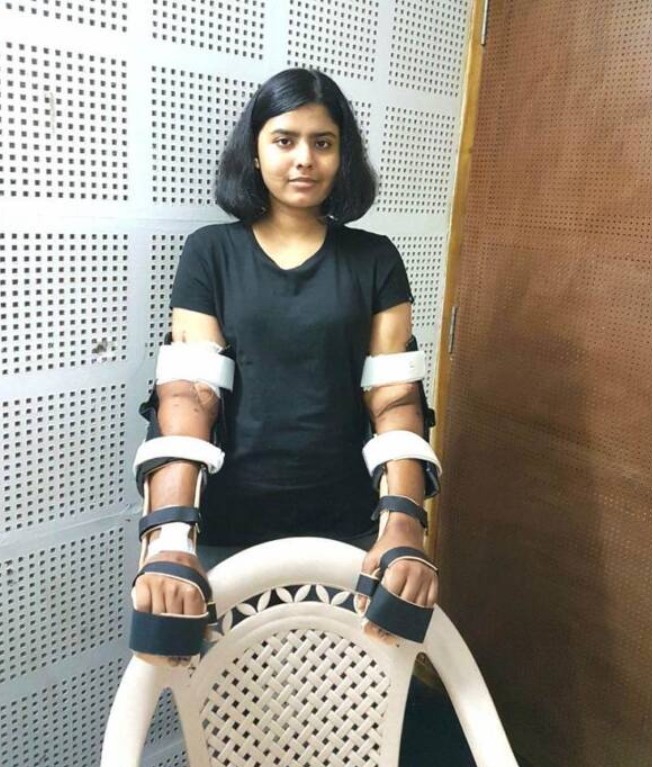
The hands she received came from a 21-year-old man who had been involved in a fatal bike collision.
Despite the challenges she faced, Shreya maintained a positive outlook and encouraged others to appreciate the value of their own hands.
Since the surgery, Shreya has regained much of her independence. She can now perform most of her daily tasks without relying on others.

Expressing her gratitude for the second chance she has been given, Shreya emphasized the importance of leading a dignified life.
Despite receiving hands from a man with a darker skin tone than hers, over time, her hands have gradually changed in complexion to almost match her own.

This unforeseen phenomenon has surprised doctors, who speculate that Shreya's body may produce less melanin, the pigment responsible for skin color, compared to her donor's.
However, further research is needed to confirm the exact cause of this transformation. Additionally, Shreya mentioned that her hands have become slimmer with time.
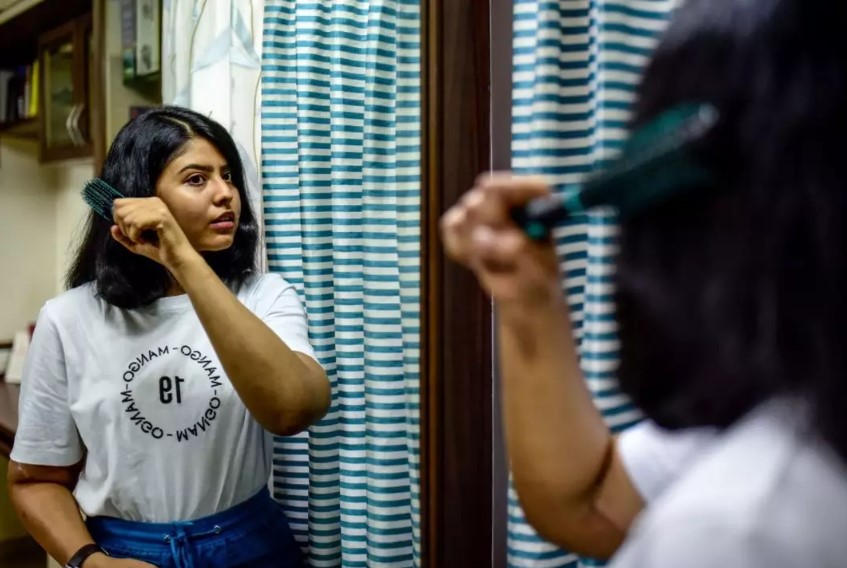
She sees her accident not as a devastating event but rather as a turning point that has brought forth something new, better, and beautiful in her life.
Surgeons at Massachusetts General Hospital in Boston recently announced their success in performing the world's first-ever pig-to-human kidney transplant.
The kidney used in the procedure came from a genetically modified pig specifically bred to have organs compatible with those of humans.
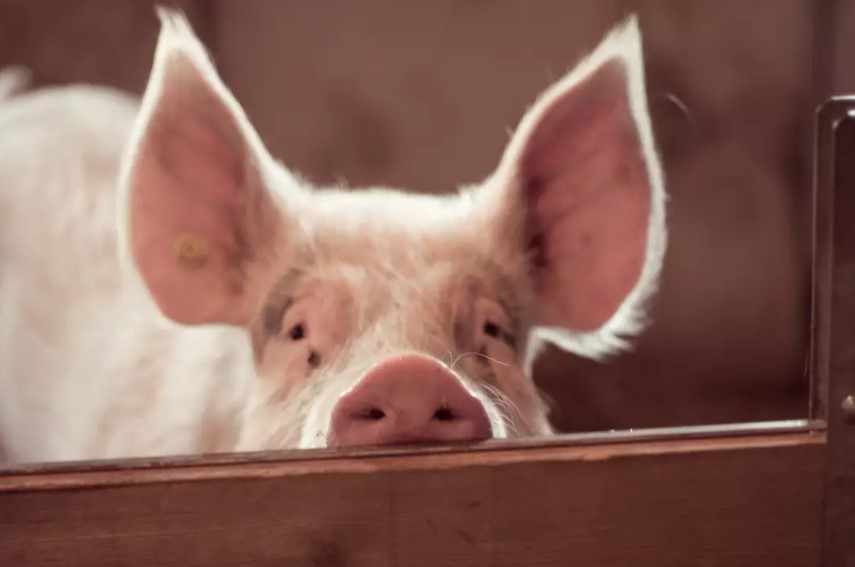
The recipient of this groundbreaking treatment is Richard Slayman, a 62-year-old patient suffering from kidney disease.
Dr. Tatsuo Kawai, the surgeon who conducted the operation, expressed joy as the operating theater erupted in applause upon realizing the success of the procedure.
After restoring blood flow to the transplanted kidney, it immediately regained its normal color and started producing urine.

This achievement plays a crucial role in addressing the shortage of available organs for kidney transplants and brings hope to patients on the waiting list.
Unfortunately, more than a dozen people die every day due to the unavailability of organs.
Dr. Winfred Williams, the kidney specialist for Mr. Slayman, believes that using animal organs for transplants could help solve the problem of unequal access to kidney transplants, especially for minority patients.


